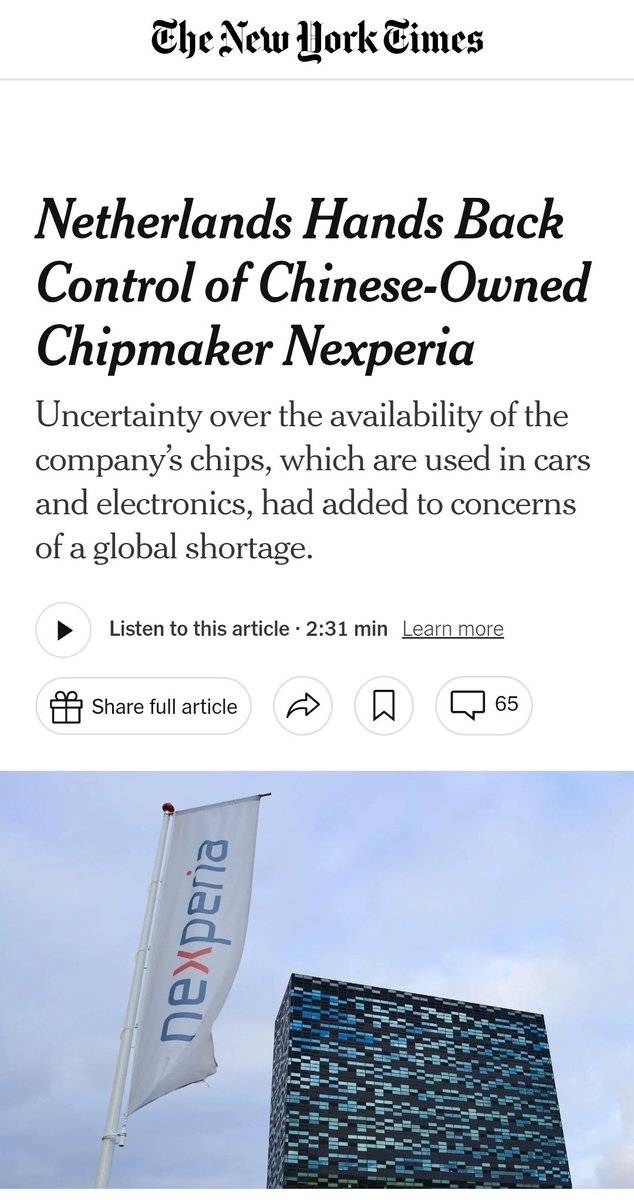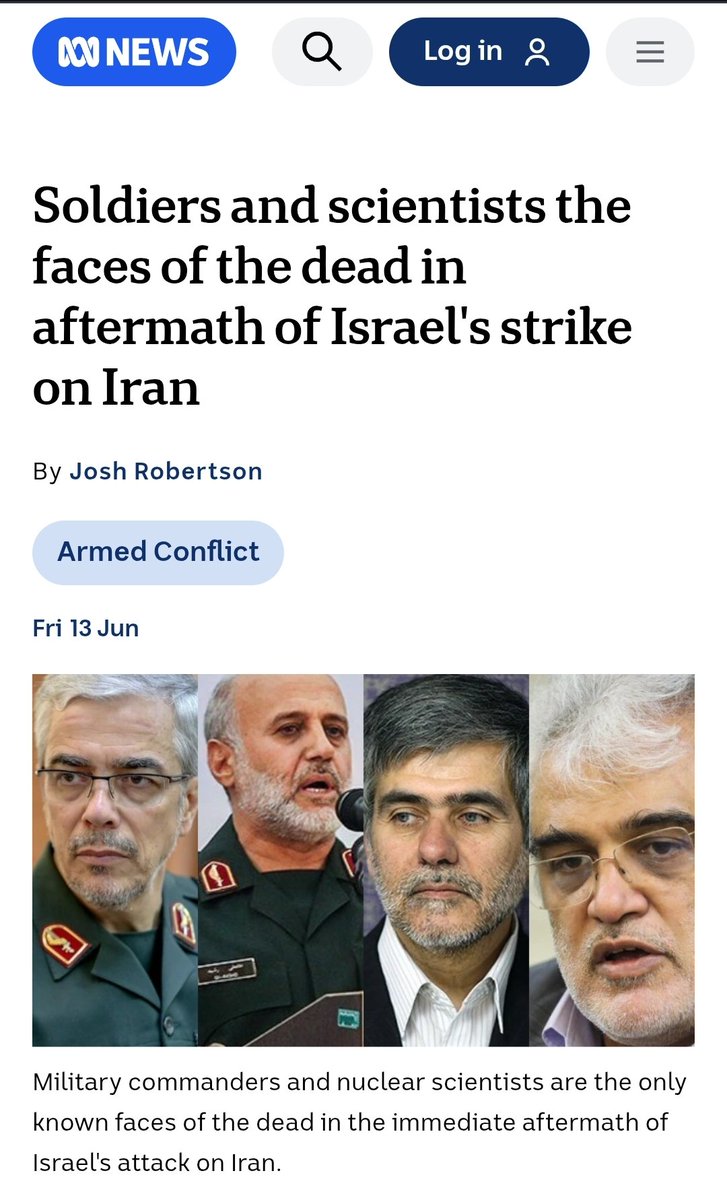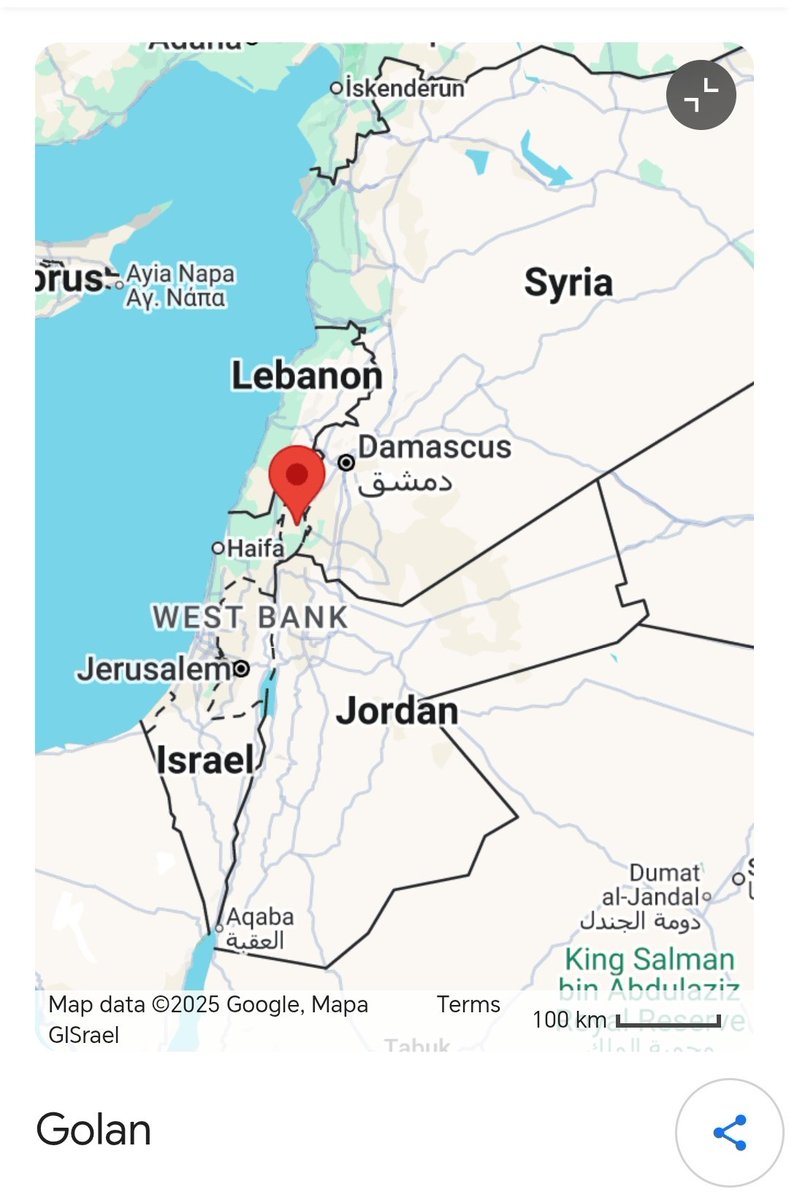
China, modern warfare, geopolitical finance, and power shifting, from a Chinese perspective.
Support my work at https://t.co/SoTgX1v9wY
18 subscribers
How to get URL link on X (Twitter) App




 2/
2/https://x.com/PandemicTruther/status/1992321025800081698II/

 II/
II/
 II/
II/
 II/
II/

 II/
II/
 Unlike the trade with the US and the EU, the China-Russian trade is no one-way street. By mid-2025, China was taking nearly one-third of Russia’s total exports and buying almost half its crude oil—the lifeblood of Moscow’s revenues. The trade flows are not lopsided: in the first half of the year, Russia sold China around $59 billion in goods and bought back $47 billion, a modest Russian surplus but no imbalance to lament. This is mutual dependence, deep and symmetrical.
Unlike the trade with the US and the EU, the China-Russian trade is no one-way street. By mid-2025, China was taking nearly one-third of Russia’s total exports and buying almost half its crude oil—the lifeblood of Moscow’s revenues. The trade flows are not lopsided: in the first half of the year, Russia sold China around $59 billion in goods and bought back $47 billion, a modest Russian surplus but no imbalance to lament. This is mutual dependence, deep and symmetrical.
 II/
II/
 II/
II/


 II/
II/